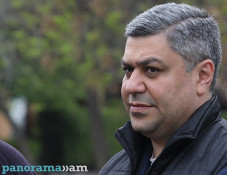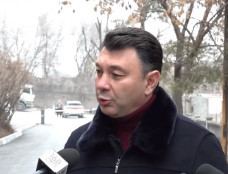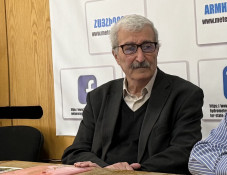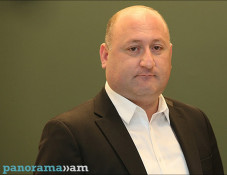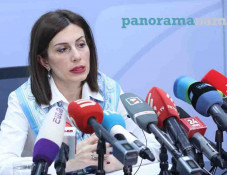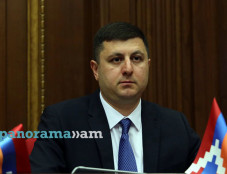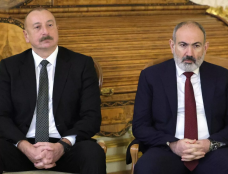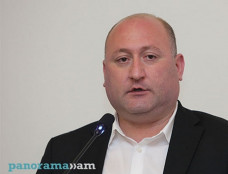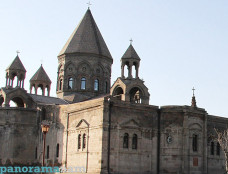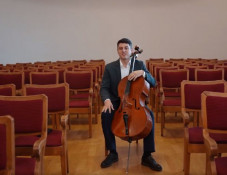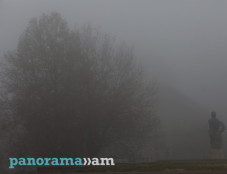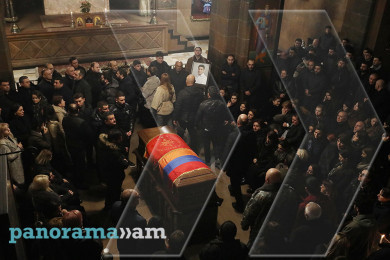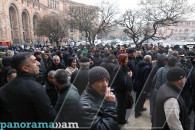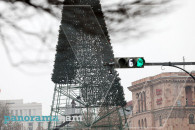Wikipedia editor about how Soviet propaganda turned Wehrmacht legionnaire into French Resistance hero
An article about Ahmadiyya Jabrayilov (Armed Michel), a French Resistance hero famous in the USSR and born in the Azerbaijani village Ohud, was recently being actively discussed in the online encyclopedia Wikipedia. The discussion revealed a 55-year-old falsification that took its origin from the newspaper Bakinskiy Rabochiy (Baku Worker) since the Soviet times.
Wikipedia editor Vadim Gomoz told Panorama.am that the investigation started after he came across a note about a French Resistance hero from a Caucasian village, Armed Michel (Ahmadiyya Jabrayilov), who the General de Gaulle personally consulted with during the war and the only one whom de Gaulle demanded to see during his visit to the USSR in 1966.
“I was surprised that I had never heard about such a significant figure and tried to find information about him. The very first search in the French and English books digitized by Google showed that the famous Resistance hero is literally never mentioned in them. Further, it was a matter of technique. We took out the first Soviet newspapers about the figure and found his earlier biography in the newspaper Nedelya of 1960, which was radically different from the later legend about the hero. The later legend, which originated from a Bakinskiy Rabochiy publication in 1965, came into direct contradiction with the fixed historical dates, including famous dates,” the editor said.
The Wikipedia editors’ inquiries to the Resistance museums and French archives did not confirm the version of the Azerbaijani newspaper of 1965. Armed Michel was not found in the archives. Still, the earlier biography of 1960 completely matched with history of the Azerbaijani Legion of Wehrmacht in the French town Rodez, which sided with the French in August 1944.
“The legendary ‘Resistance hero’ was likely created in the Soviet propaganda interests, but as the first and apparently the truthful biography contained data that implied participation in the Eastern legions of Wehrmacht, it was decided to be replaced with the made up legend. After that, the simulacrum lived its own life, the ‘episodes’ of his heroic participation in the Resistance multiplied, films were shot about him, he got Soviet awards, traveled to France to meet his ‘Resistance friends’, etc. An entirely typical example of how the Soviet propaganda worked, suffice it to mention the never-existed Panfilov heroes, as one of the most famous ones,” Gomoz notes.
The further investigation of the case is a matter for the Second World War historians, the editor added.
Newsfeed
Videos





